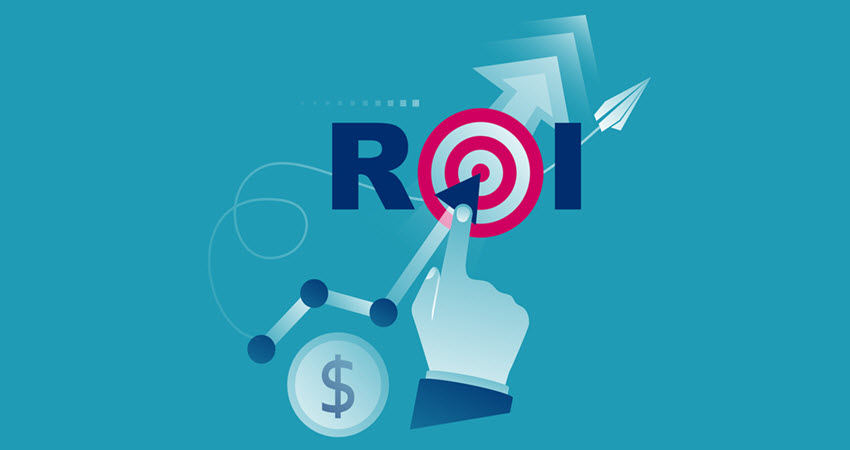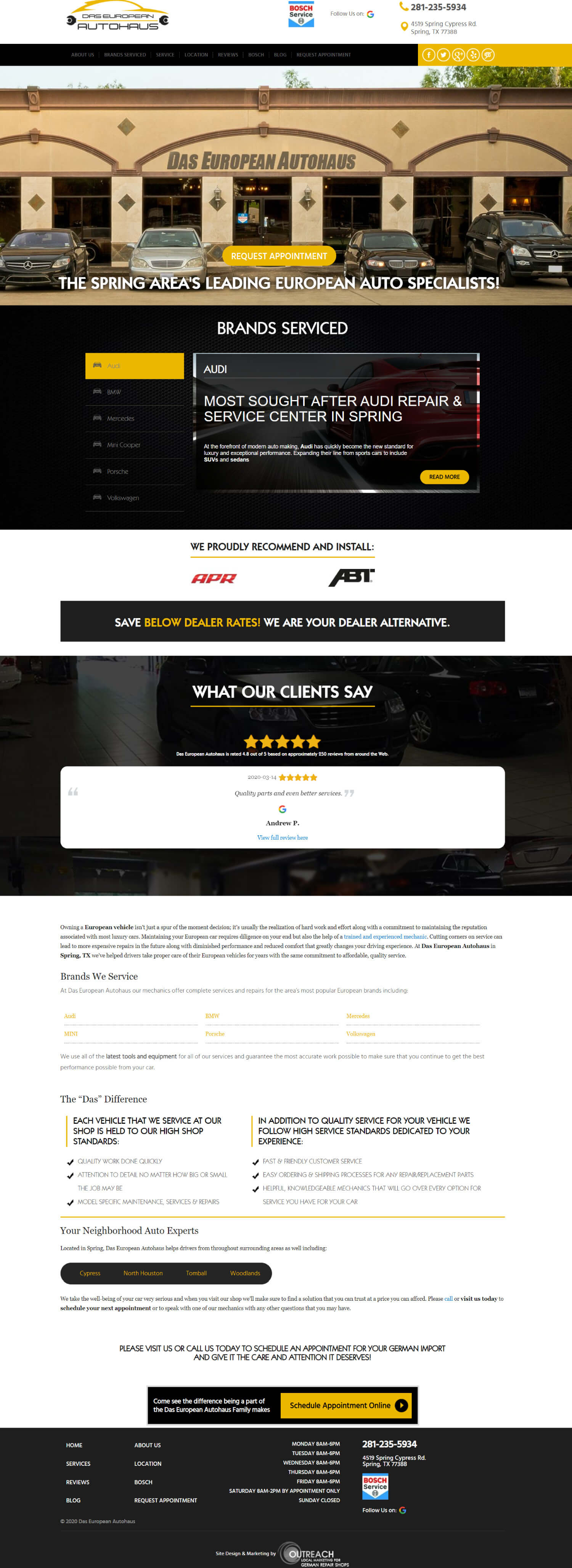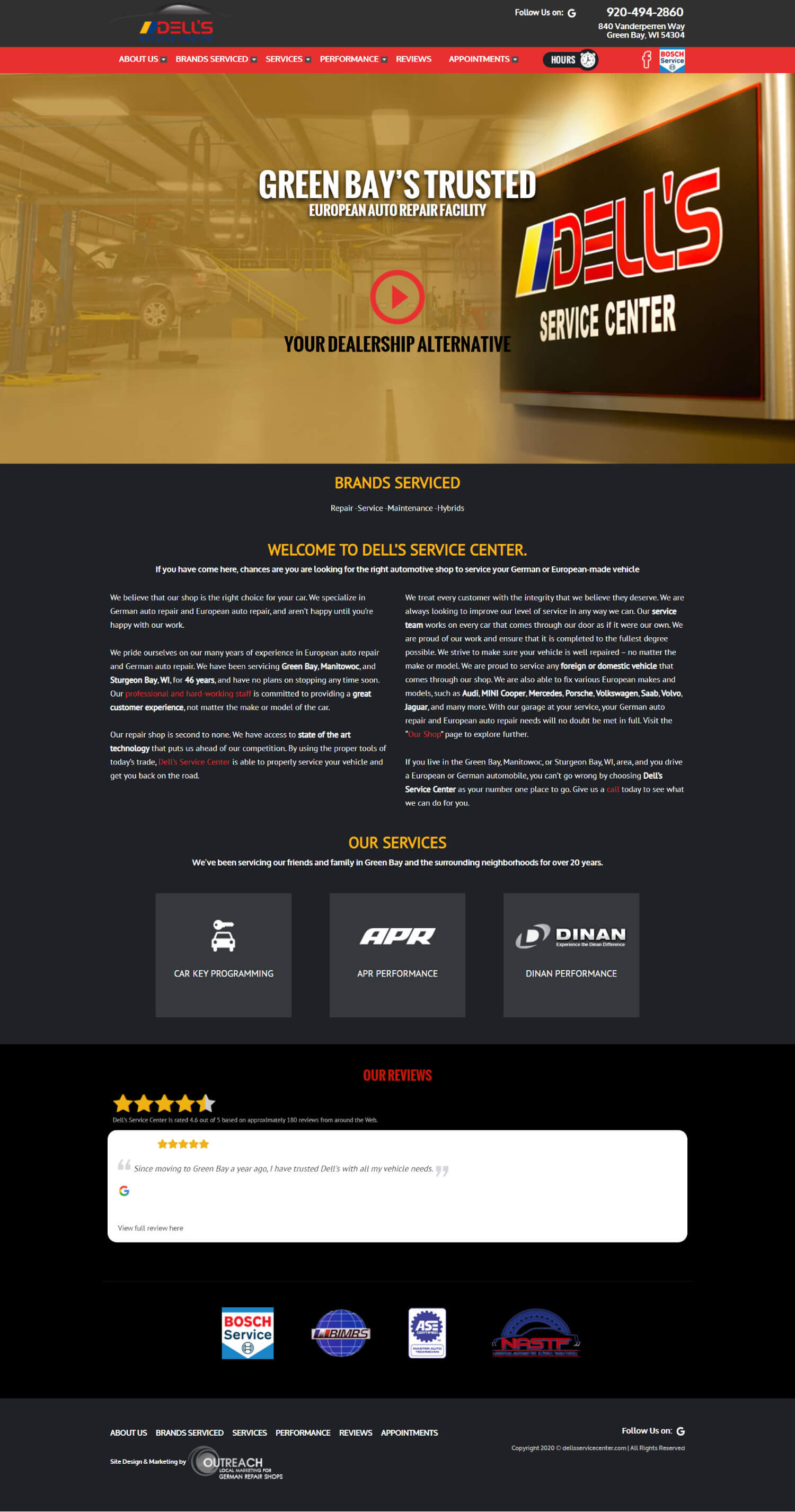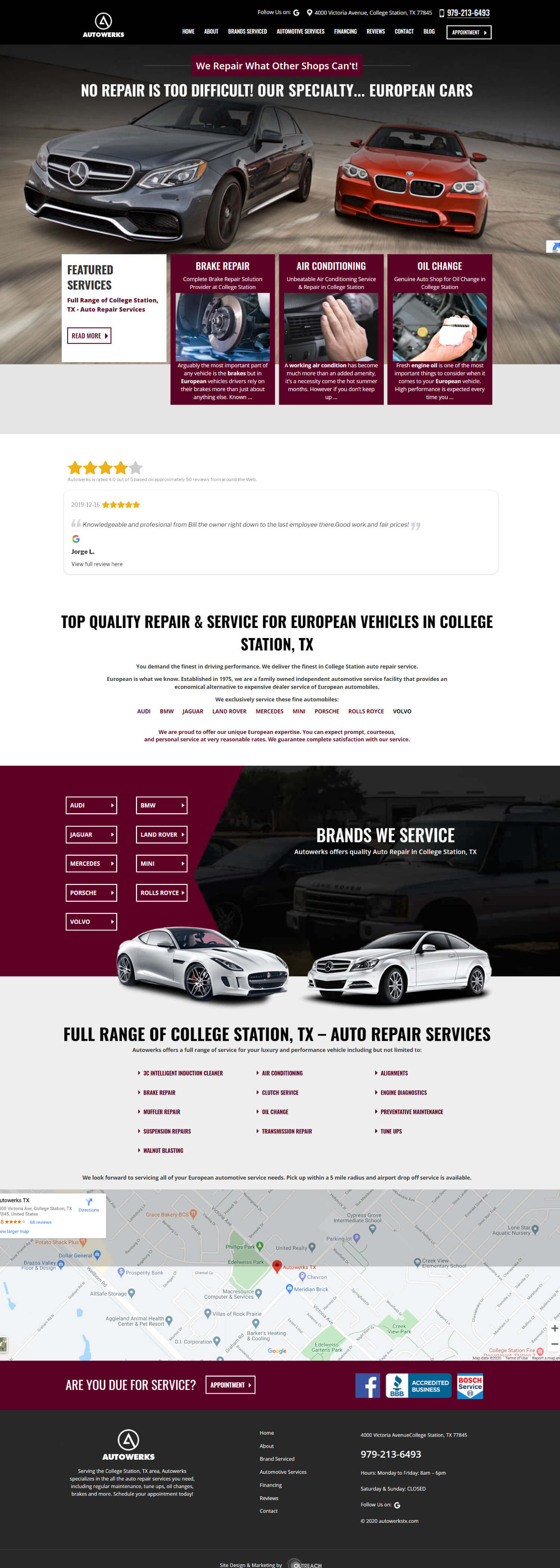As a small business owner, it can be hard to understand what kind of ROI you generate for your German auto shop digital marketing strategy. To help you understand whether your marketing spend is worth it, here we look at ways to measure ROI on your online advertising.
Understand the Calculation
To calculate ROI, you need to compare the amount of money you spend on your online advertising campaigns against the sales generated. The calculation can then be made based on (Sales Growth – Marketing Cost) / Marketing Cost = ROI.
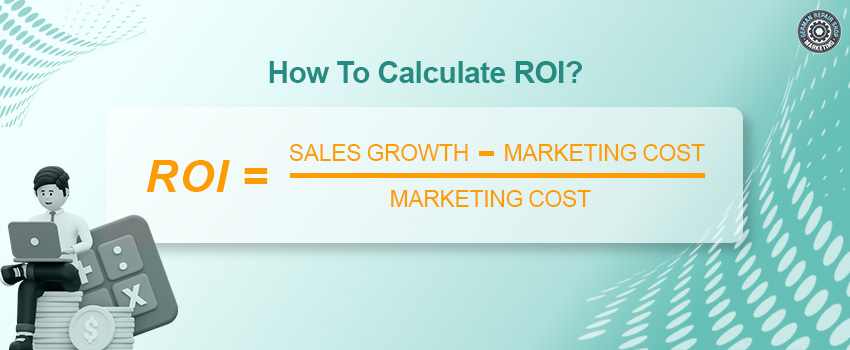
For example, if you invested $100 in a marketing campaign and saw your sales increase by $1,000 that month, you would subtract $100 from the $1000 and then divide that by the costs to see your ROI: ($1000-$100) / $100) x 100 = 900%. So, your ROI is 900%.
The only problem with this is that you don’t know whether the full $1000 was related to your ads.
Attributable ROI
Although the above calculation shows your ROI, it doesn’t consider other possible factors contributing to sales. Therefore, you have to take your average sales into account. Understanding how a month without advertising performed compared to a month with advertising provides an attributable ROI that is more realistic than the above calculation’s assumptions.
To see an accurate number, first, you need to review sales performance a year prior to your campaign. For example, if you experienced an average sales growth of 4% per month in the past year, you need to include that 4% in your ROI calculation: (Sales Growth – Average Organic Sales Growth – Marketing Cost) / Marketing Cost) x 100 = ROI.
Using the same example above, that would be ($1000 – $40 (the average sales growth) – 100) (the ad spend)/100 x 100 = 760%. That shows a difference of 140% compared to the basic calculation used above.
If your company has experienced negative sales growth in the past year, then the calculation changes yet again. Your calculations need to average your monthly losses over the past year prior to your ads. If your average sales dropped $1,000 a month, you spent $500 on marketing, and sales dropped only $200 after the ads, you would calculate ($800 – $500) / $500) x 100, which is 60%. This shows your ads are successful as they are reducing losses.

Other ROI Measurements
Remember that your ROI is also based on the results you were hoping to achieve with your advertising campaigns. For example, you might want your customers to sign up for your newsletter, join your loyalty club, make more referrals, etc. In this case, your ROI isn’t about dollars but instead conversion rates. This is easier to measure as you count actions taken.
As you can see, your ROI depends on what your ad campaigns were tasked to achieve. If sales are your goal, to be accurate, your calculations should always include average sales or losses. Actions taken are excellent indicators of how successful certain types of ads are, and both sales and conversion rates provide valuable insights about the types of ads providing the best ROI.

